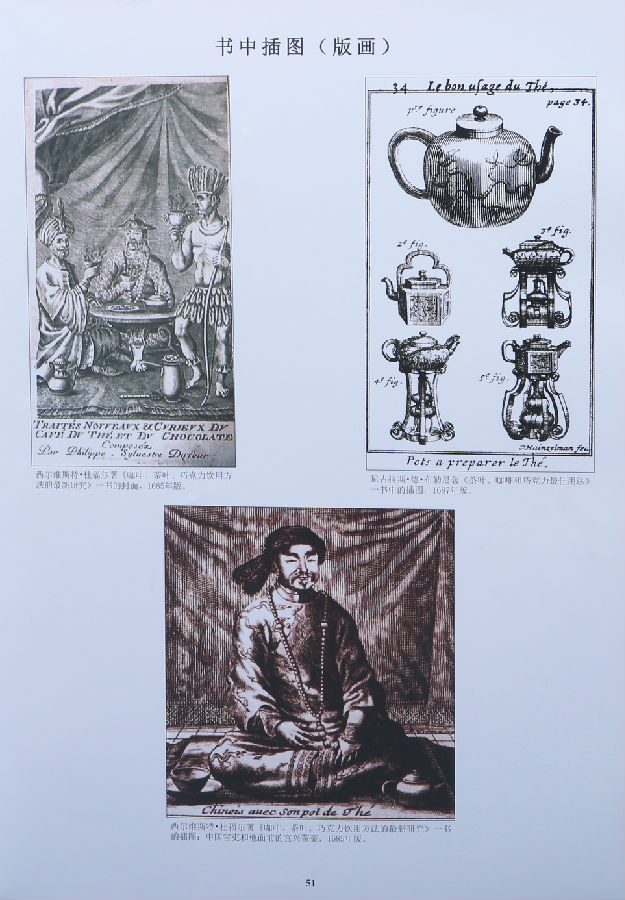
作者:帕特里斯·万福莱
出版:西冷印社出版社
定价:499元
开本:16开
页数:269页
出版时间:2015年10月
印刷时间:2015年10月
ISBN号:9787550815971
序言:
很高兴接受帕特里斯·万福莱先生之邀为本书作序,并对他的开拓精神表示由衷的钦佩。确实,这是第一次有人通过系统的调查研究来揭示宜兴紫砂壶在17世纪如何到达到欧洲的历程。在书中,他以地域、贸易、文化、政治甚至外交为框架,以欧洲为背景,编制了宜兴紫砂壶的新年表,所涉时间持续到19世纪末叶,并逐渐延伸到欧洲之外的国家。在开展所有工作的过程中,作者始终没有忘记紫砂壶的一大功效:泡茶不失其精华,色香味皆蕴。
诚然,为一本论述宜兴紫砂壶的创新之作写序也是我的荣耀,尤其这还是一部激情之作。所幸,我也酷爱收藏紫砂壶,所以能分享到作者的这份情感。宜兴是中国一座风尚独特的城市,盛产陶器,品种无数,紫砂陶是其中的一朵奇葩,人们极易将其从中分辨。宜兴陶器的诸多魅力正在被研究学者、收藏家和考古学家不断地探索和挖掘。即便如此,我们认为瓷器生产中心景德镇仍然受众人注目。然而,宜兴紫砂陶还折射出许多其它美学情趣,例如,其表面摸上去温润、光洁,肌理效果与人的皮肤别无二致。相比之下,施釉的白色瓷器似乎给人以一种冷漠的感觉。
万福菜先生寄书稿时附赠我一包l999年春最新采制的、散发着淡淡蜜香的阳羡(宜兴的旧称)茶叶,所泡之茶惠人鼻舌,沁人心脾。万福莱先生有心籍以此书来引导人们鉴赏、甄别现存于欧洲的宜兴老茶壶,我也希望读者和爱好收藏茶壶的人籍以此书能探索、发现到新的“茶园”。
1999年8月,布鲁塞尔
让—玛丽·西蒙年
布鲁塞尔皇家艺术历史博物馆
中国艺术馆馆长
FOREWORD:
It is a great pleasure for mo to accept Patrice Valfre’s invitation to introduce his book,This is because I admire his pioneering work. This is in face the first time that a systematic investigation has been undertaken to reveal how YiXing stoneware appeared in Europe during the 17th century. The chronology which evolves, using Europe as a base, and which gradually includes other parts of the world right through to the end of the 19th century, is placed within a geographical, commercial, cultural and political, and even a diplomatic context. All this is achieved without forgetting the primary objective of Yixing stoneware: to bring out the best of tea in terms of variety, taste and its many other virtues.
Indeed, the pleasure to write the preface of an original book on the ceramics of Yixing really is all mine, especially when it is the result of a passion which I also happen to share as an amateur. Yixing is unique its genre in China. The teapots stand out and are easily recognizable amongst the multitude of different types of ceramics in existence there. Yixing universe is being explored more by scholars, collectors and archaeologists, but, in our opinion, Jingdezhen is still taking up far too much of the limelight as a center of porcelain production! The red porcelain of Yixing shines forth in a good number of other aesthetic spheres. It has warmth, a smoothness which renders it almost human to the touch. The surface of the teapots almost feels like skin. The glazes on white porcelain, however, appear to be cold in comparison.
Pateice Valfré kindly sent me the manuscript of his book along with a sample of Yangxian tea, Yanxian being and old name of Yixing, which was picked at the last harvest in the spring of 1999. It has a light honey aroma, both extremely pleasant and subtle. I sincerely hope that this book which is vowed to the appreciation of Yixing teapots in Europe also helps the reader and the amateur teapot collector to explore and discover a new “tea garden”.
Bruxelles, August 1999
Jean-Marie Simonet
Curator of the Chinese Collections
Musées Royaux d’ Art er d’ Histoire,
Bruxelles.



